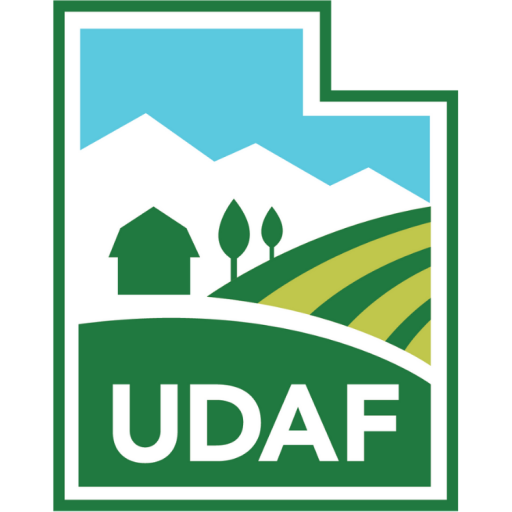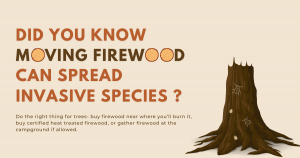The Utah Department of Agriculture and Food (UDAF) is now accepting applications for the 2023 Soil Health Equipment Grant to help farmers and ranchers access equipment to implement soil health practices.
“Implementing soil health practices such as planting cover crops and no-till farming has shown to improve the overall health of the soil, but many of these practices also require the purchase of specialized equipment that can be costly,” said Tony Richards, UDAF Soil Health Program Manager. “In an effort to overcome some of these barriers and allow Utah’s farmers and ranchers the opportunity to try these practices, the Utah Soil Health Program is offering grants to organizations that work directly with farmers and ranchers to help purchase equipment related to implementing soil health practices around the state.”
Eligible equipment is required to have a tie to implementing one of the following soil health principles:
1. Keeping the soil covered
2. Minimizing soil disturbance (physical or chemical)
3. Maximizing biodiversity
4. Keeping a living root as long as possible
5. Integrating livestock.
Grant awards will be capped at $50,000 maximum with a minimum of 20% matching funds. The match requirement must be in the form of a financial contribution (no in-kind match). All applications are required to have at least one conservation district as a fiscal partner. All reimbursement payments under the grant will be made to the conservation district. Projects and equipment must be in Utah.
All applications must be received via email or postmarked by August 18th, 2023. For more information, interested applicants can visit here or contact Tony Richards at tdrichards@utah.gov.











